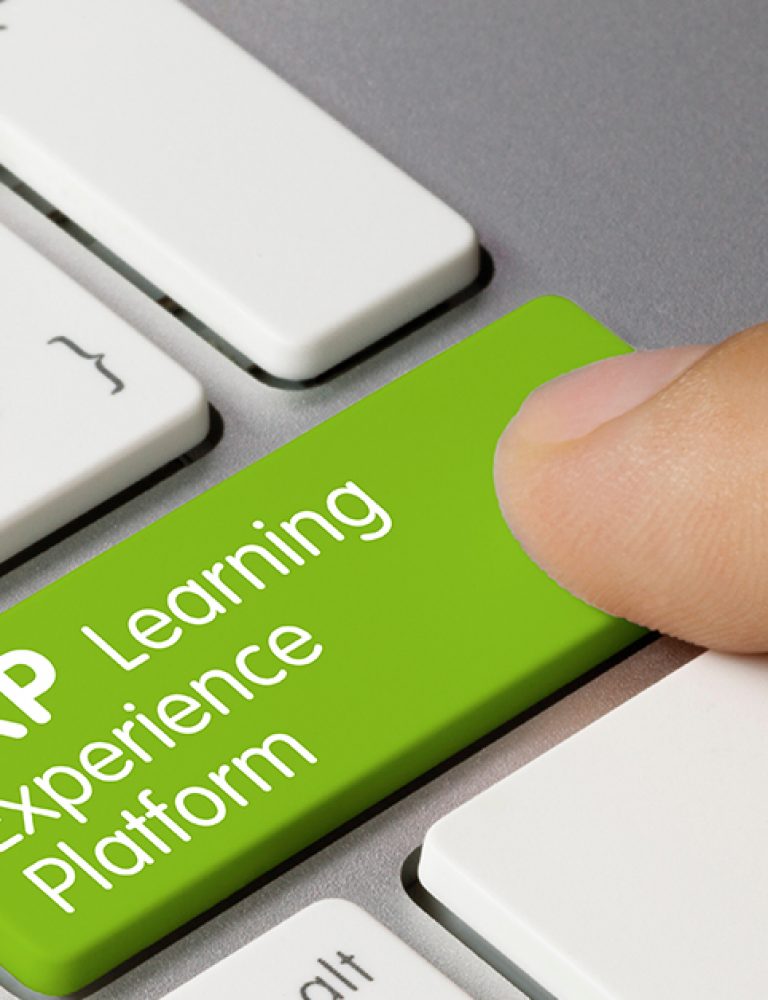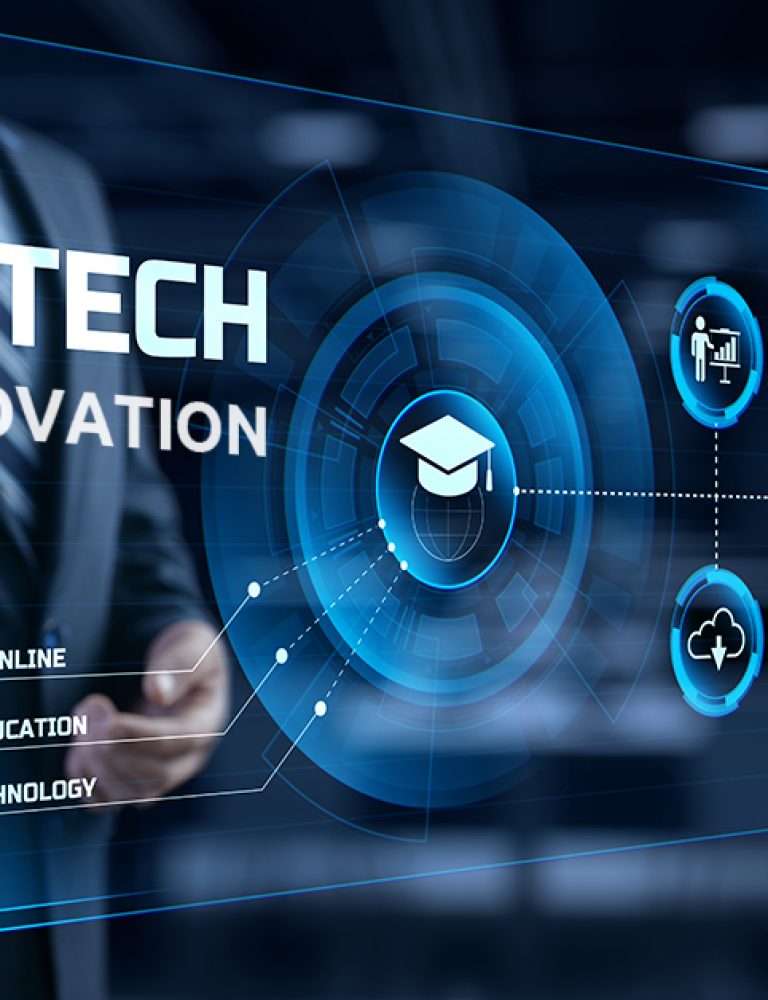Electronic books are the epitome of innovation and cost-effectiveness. They enhance student engagement and accessibility and allow them to access vast amounts of knowledge conveniently. This way, students can broaden their academic horizons beyond traditional constraints.
From K–12 learning to college higher education platforms, eBooks offer an interactive learning experience and make education more enjoyable.
Digital textbook platforms like KITABOO help publishers and content creators enrich learning experiences beyond traditional classrooms. By creating modern education eBooks on such cloud-based platforms, you can facilitate anytime, anywhere learning, and promote effectiveness among students and educators.
Table of Contents:
I. What is an Electronic Book?
II. Advantages of eBooks in Modern Education: 20 Transformative Benefits
- Immersive Learning Experiences
- In-Built Assessments
- Portability
- Easy Updates and Revisions
- Cost-Effectiveness
- Real-World Applications
- Additional Features
- Abundant Resources
- Personalized Needs
- Sustainability Considerations
- Offline Content Accessibility
- Inclusivity and Diversity in Education
- Multi-Device Compatibility
- Data Analytics and Student Progress Tracking
- Technology-Driven eBooks
- Integration with Learning Management Systems
- Lifelong Learning
- Security of Intellectual Property and User Credentials
- Career-Building Learning Benefits
- Enhancement of Holistic Skills
What is an Electronic Book?
An electronic book or eBook, is a digital version of a book that is accessible on electronic devices. They offer the same structure and layout as printed books, with added features and functionalities. You can read and learn using these eBooks on eReader apps and devices, smartphones, computers, and tablets.
eBooks allow learners to search through pages, easily navigate from one section to another, interact with the content using exceptional multimedia elements, bookmark sections, use hyperlinks, record notes, and so much more.
Text-based eBooks allow you to customize text styles, font sizes, and colors. Electronic books come in various formats, like ePUB, PDF, MOBI, and AZW. One of the key features of Electronic books is their accessibility, portability, and easy availability, especially for hybrid/remote learning.
Advantages of eBooks in Modern Education: 20 Transformative Benefits
Here is a snapshot of the transformative benefits of eBooks in modern education:
Immersive Learning Experiences
Electronic books can incorporate multimedia elements such as charts, graphs, music, GIFs, infographics, animation, graphics, maps, videos, and audio files. Such multimedia elements enrich the learning experience and make it more engaging.
These elements enhance comprehension and retention of information and facilitate active learning. Moreover, online books offer interactivity through games, quizzes, and online discussions, encouraging active engagement. Electronic books offer:
- Virtual Learning Environments to immerse students in the subject matter
- Simplified Learning to understand Complex subjects like mathematics, science, and technology
- Promotes hands-on learning
- Visual Representation
- Blended Learning Approach
- Curiosity Stimulation
- Storytelling and Multimedia Integration
In-Built Assessments
Formative assessments are a critical part of electronic books. eBooks feature self-assessment tools throughout chapters that facilitate continuous learning. Such assessments can provide instant feedback, and empower students to gauge their understanding and identify areas for improvement.
Portability
One of the key advantages of electrical books is its portability. Students can access course materials anytime, anywhere, using their preferred device or software. This way, students are no longer restricted by the weight or bulk of physical textbooks, which enables them to carry their entire library of educational resources on a lightweight, portable device such as a tablet or e-reader.
Easy Updates and Revisions
Electronic books offer the flexibility of easy updates and revisions. This feature eliminates the need for costly and time-consuming reprinting of new editions. This ensures that course materials remain current and relevant, enhancing the learning experience.
Cost-Effectiveness
Most academic online books are priced lower than their print counterparts. Electronic content has become more affordable for students. eBooks have lower production costs and encounter zero inventory and distribution costs. Further, learners can make the most of volume discounts and the global accessibility of Electronic books
Real-World Applications
Digital resources like Electronic books mirror real-world applications. This makes eBooks a practical choice for classrooms now and in the future.
Students across the globe can access the same educational content, which makes it integral to academic research and interdisciplinary collaboration. These materials also encourage cultural exchange by allowing students to access literature from different languages, cultures, and global platforms.
Additional Features
Electronic books come with add-on features and student-support options. Some of the most attractive features that make learning fun are:
- Note-Taking: Students can take notes directly within online books and teachers can also leave notes for students.
- Text-to-Speech: The text-to-speech feature allows students to listen to assigned readings, which is a huge benefit to non-native English speakers.
- Customization: Font size and style can be customized according to individual reading preferences.
Abundant Resources
With Electronic books, you can expand the resources and gain access to a vast library of material through a simple phone. Moreover, hyperlinks embedded within the content can refer you to other significant learning materials, open educational resources, and research articles.
Personalized Needs
eBooks excel in meeting the individual needs of learners. Students can learn at their own pace, and use built-in dictionaries, search capabilities, and interactive navigation features to learn and search for relevant content.
Students can highlight, take notes, and bridge textual content with real-world examples. Digital textbook platforms like KITABOO customize online books to deliver personalized lessons and assessments based on each student’s unique learning style, abilities, and interests.
Sustainability Considerations
Electronic books offer an eco-friendly alternative by reducing paper usage and minimizing carbon footprint. eBooks eliminate the need for frequent reprinting, as updates can be swiftly incorporated into digital versions. This cost-effective solution saves educational institutions substantial expenses associated with printing and distribution.
Offline Content Accessibility
It is a misconception that Electronic books are only available on electronic sources. Several digital textbook platforms, like KITABOO offer readers the leverage to enjoy offline access to electrical books. This eliminates connectivity issues and ensures uninterrupted learning even without an internet connection.
Inclusivity and Diversity in Education
Electronic books break down barriers related to location and socio-economic status. They can be easily translated into multiple languages, and offer unparalleled flexibility to students with mobility challenges and those requiring additional study materials outside regular library hours.
Multi-Device Compatibility
eBooks are compatible with various smart devices, allowing students to access course materials from their preferred devices with internet connectivity. This multi-device compatibility enhances convenience for students, regardless of their technological preferences.
Data Analytics and Student Progress Tracking
eBooks enable real-time monitoring of student progress and performance, providing teachers with valuable insights into comprehension levels and areas of difficulty. eBooks track student engagement and facilitate comprehensive data analysis. This feature empowers educators to personalize instruction to meet individual student needs effectively.
Technology-Driven eBooks
Electronic books thrive on AI-driven algorithms and cloud-based platforms, that can help analyze student performance and adapt the content in real-time. Such practices offer personalized recommendations for improvement. Further, online books use immersive technologies like Virtual Reality and Augmented Reality that make learning more engaging and memorable.
Integration with Learning Management Systems
eBooks can be seamlessly integrated with the existing LMS, further enhancing data collection. It is a great feature for educators and publishers, as this collaboration enhances content integration and helps users implement Single Sign-On capabilities. Tracking and analytics become easy, while course delivery and content management are added advantages to modern educational institutions.
Lifelong Learning
eLearning extends to lifelong learners, supporting continuous personal and professional development at any stage of life. At any stage of life, electrical books empower learners to explore new topics, upgrade skills and knowledge, and stay intellectually challenged.
Security of Intellectual Property and User Credentials
eBooks are commonly published in the ePUB format. ePUB DRM or Digital Rights Management is a key security feature that is offered by platforms like KITABOO that prevents unauthorized access, protects the intellectual property of content creators, and safeguards the credentials of learners and readers.
Career-Building Learning Benefits
eBooks not only cater to K12 or higher education learning but also help corporations access modern training materials and prepare learners for the improvised job market. Students are well-equipped to advance their careers using electrical books, as such resources reinforce understanding and help students retain industrial concepts.
Enhancement of Holistic Skills
eBooks incorporate a diverse range of content that goes beyond traditional materials. First, they teach students technical know-how and build critical reasoning and analytical abilities. Second, they allow learners to explore creativity, design structures, and problem-solving techniques, along with language learning capabilities.
To Wrap Up
The primary goal of Electronic books is to streamline and enrich the learning experience. eBooks are indispensable in the modern education landscape as they encourage greater interactivity and engagement.
As a result, students no longer need to interact with lectures and educational material passively. They can now actively participate in the learning process, thanks to the integration of electrical books into classroom instruction. Today, modern students have access to the entire year’s curriculum in just one device.
Partnering with a digital textbook platform like KITABOO can be ideal in this regard. By leveraging its digital textbook solutions, educators can create interactive and engaging content that aligns with modern pedagogical approaches.
Connect with us now!
Discover How An Ebook Conversion, Publishing & Distribution Platform Can Help You
Kitaboo is a cloud-based content platform to create-publish & securely distribute interactive mobile-ready ebooks.
You May Also Like







